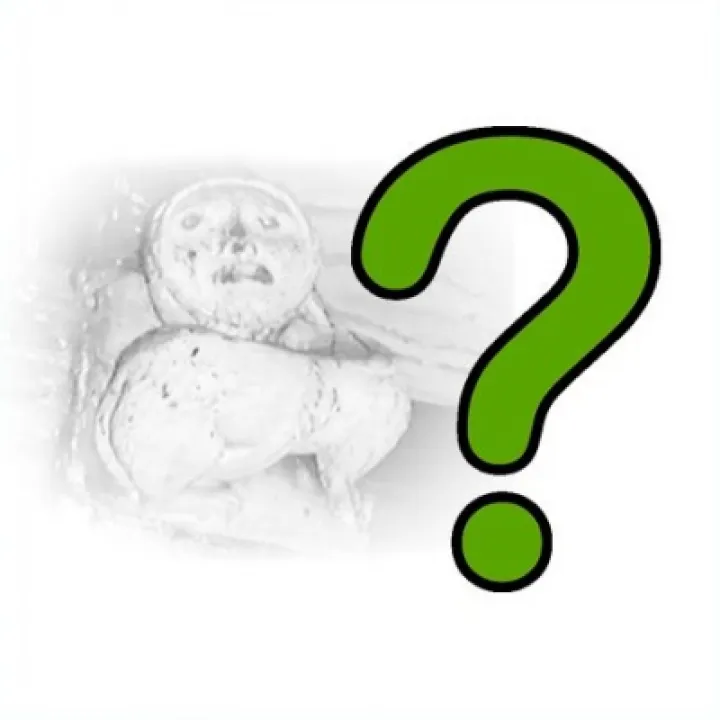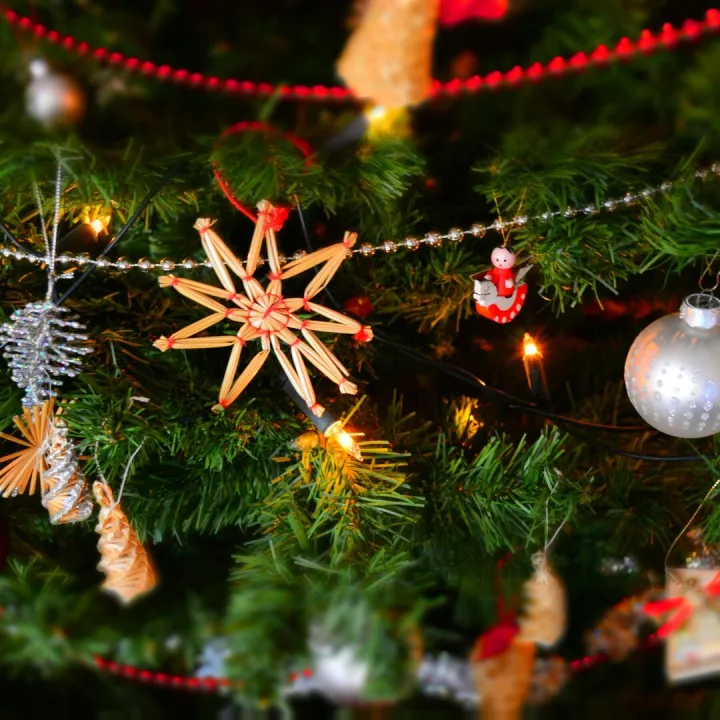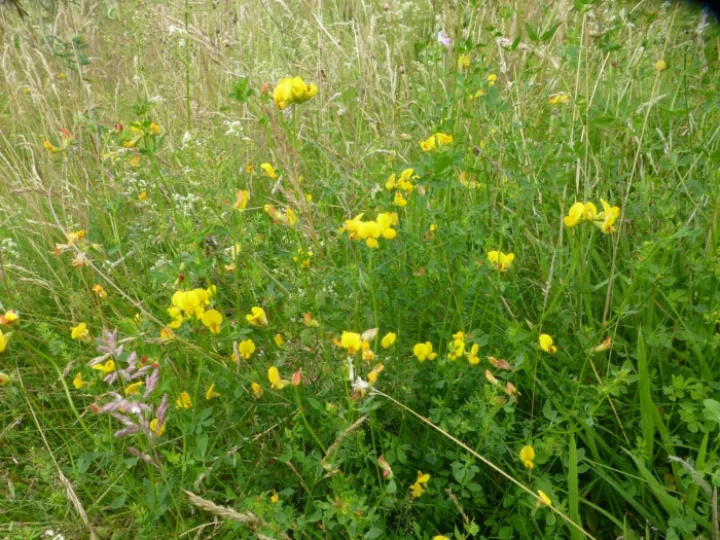Tarvin Woodland flowers – Bird's-foot Trefoil
Bird's-foot Trefoil – Lotus corniculatus
For such a small, colourful but otherwise unprepossessing member of the pea family to have so many names (and such apt names, at that) is quite remarkable. Some of the names – 'Butter and Eggs', 'Eggs and Bacon', and 'Hen and Chickens' – all refer to the egg-yolk yellow flowers and reddish flower buds. A more dramatic name is 'Granny's Toenails', which generates an instant (and perhaps not-so-pleasant) image of the claw-like seed pods. The name 'Bird's Foot' also comes from the appearance of the group of pods on their stalk. And what about the 'Trefoil'; doesn't that mean that the small leaves are in groups of three (3-lobed)? Well, yes it does – and they aren't. Instead, the leaves have five narrow oval leaflets, but with the central three held conspicuously above the others, the lower two being bent back by the stem, so that the leaves appear to be trefoil (3-lobed). Not quite what the name says!
The small, yellow, slipper-like flowers can be seen flowering in all kinds of grassy places, from lawns and waste land to roadside verges and heath-lands, through from May to September. The flowers are hermaphrodite (having both male and female organs) and are able to pollinate themselves if necessary. However, because the flowers are particularly popular with bees and other insects who visit them for their nectar (with each flower having sufficient nectar for several visits), this is a good partnership as it promotes cross-pollination. Once, pollinated, the flowers go on to produce several cylindrical seedpods which attach to the stem at a single point, forming the unmistakable 'bird's foot' shape.
The plant is able to grow in particularly poor soil and can capture Nitrogen from the air and fix it as Nitrates in the soil, thanks to the bacteria-filled nodules that it, together with all other members of the pea and bean family (the Legumes), have on their roots. This means that Bird's-foot Trefoil is able to help improve soil and so is often included in seed mixtures for use on poor land. Farmers also report other benefits resulting from growing this wildflower in meadows to be grazed by livestock because sheep that graze on Bird's-foot Trefoil are said to suffer less from parasitic infection and it appears that the herb is able to relieve bloat in cattle.
It is reckoned that the Victorians used flowers as a code to express hidden emotions. Some symbols of this "language of flowers" are still with us – for example, red roses are a well known emblem of true love. However, Bird's-foot Trefoil was one of a very few flowers used to denote darker thoughts: it symbolised revenge! I wonder who it was that decided to give such a bad press to this small, inoffensive but really rather pretty little flower?
Quick Links
Get In Touch
TarvinOnline is powered by our active community.
Please send us your news and views.







